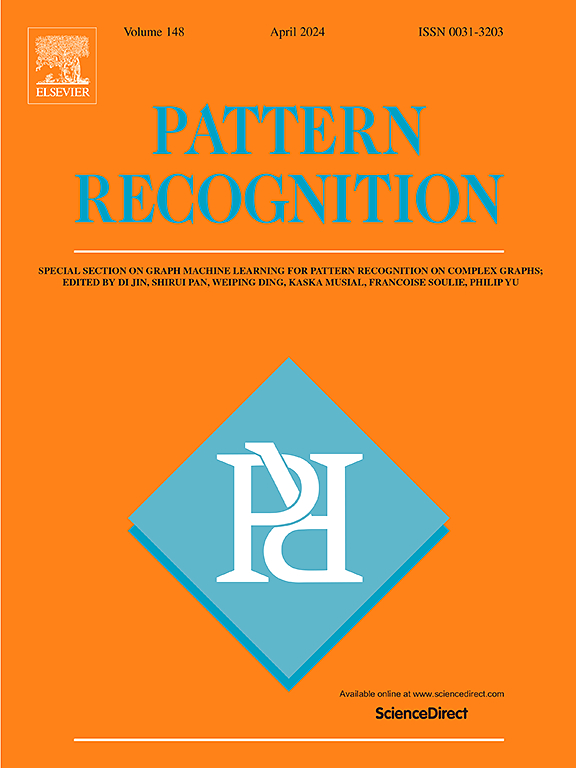SeaTrack: Rethinking Observation-Centric SORT for Robust Nearshore Multiple Object Tracking
IF 7.5
1区 计算机科学
Q1 COMPUTER SCIENCE, ARTIFICIAL INTELLIGENCE
引用次数: 0
Abstract
Nearshore Multiple Object Tracking (NMOT) aims to locate and associate nearshore objects. Current approaches utilize Automatic Identification Systems (AIS) and radar to accomplish this task. However, video signals can describe the visual appearance of nearshore objects without prior information such as identity, location, or motion. In addition, sea clutter will not affect the capture of living objects by visual sensors. Recognizing this, we analyzed three key long-term challenges of the vision-based NMOT and proposed a tracking pipeline that relies solely on motion information. Maritime objects are highly susceptible to being obscured or submerged by waves, resulting in fragmented tracklets. We first introduced guiding modulation to address the long-term occlusion and interaction of maritime objects. Subsequently, we modeled confidence, altitude, and angular momentum to mitigate the effects of motion blur, ringing, and overshoot artifacts to observations in unstable imaging environments. Additionally, we designed a motion fusion mechanism that combines long-term macro tracklets with short-term fine-grained tracklets. This correction mechanism helps reduce the estimation variance of the Kalman Filter (KF) to alleviate the substantial nonlinear motion of maritime objects. We call this pipeline SeaTrack, which remains simple, online, and real-time, demonstrating excellent performance and scalability in benchmark evaluations.
SeaTrack:重新思考以观测为中心的 SORT,实现稳健的近岸多目标跟踪
近岸多目标跟踪(NMOT)旨在定位和关联近岸目标。目前的方法是利用自动识别系统(AIS)和雷达来完成这项任务。然而,视频信号可以描述近岸物体的视觉外观,而无需事先提供身份、位置或运动等信息。此外,海面杂波不会影响视觉传感器对有生命物体的捕捉。认识到这一点后,我们分析了基于视觉的 NMOT 所面临的三大长期挑战,并提出了一种完全依赖运动信息的跟踪管道。海上物体极易被波浪遮挡或淹没,从而导致轨迹片段支离破碎。我们首先引入了引导调制,以解决海上物体的长期遮挡和相互作用问题。随后,我们对置信度、高度和角动量进行建模,以减轻运动模糊、振铃和过冲伪影对不稳定成像环境下观测的影响。此外,我们还设计了一种运动融合机制,将长期宏观轨迹点与短期细粒度轨迹点相结合。这种校正机制有助于降低卡尔曼滤波器(KF)的估计方差,从而减轻海洋物体的大量非线性运动。我们将这一管道称为 SeaTrack,它保持了简单、在线和实时的特点,在基准评估中表现出卓越的性能和可扩展性。
本文章由计算机程序翻译,如有差异,请以英文原文为准。
求助全文
约1分钟内获得全文
求助全文
来源期刊

Pattern Recognition
工程技术-工程:电子与电气
CiteScore
14.40
自引率
16.20%
发文量
683
审稿时长
5.6 months
期刊介绍:
The field of Pattern Recognition is both mature and rapidly evolving, playing a crucial role in various related fields such as computer vision, image processing, text analysis, and neural networks. It closely intersects with machine learning and is being applied in emerging areas like biometrics, bioinformatics, multimedia data analysis, and data science. The journal Pattern Recognition, established half a century ago during the early days of computer science, has since grown significantly in scope and influence.
 求助内容:
求助内容: 应助结果提醒方式:
应助结果提醒方式:


